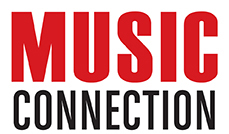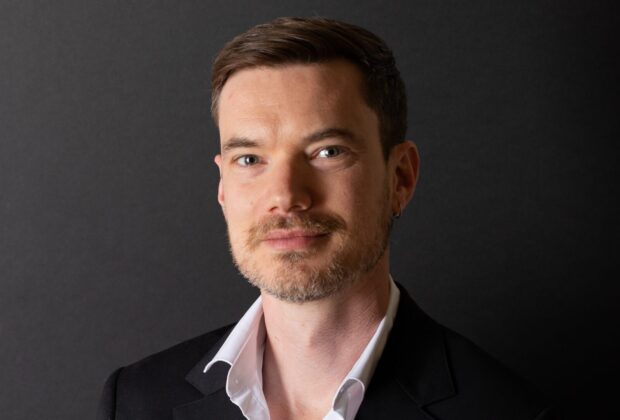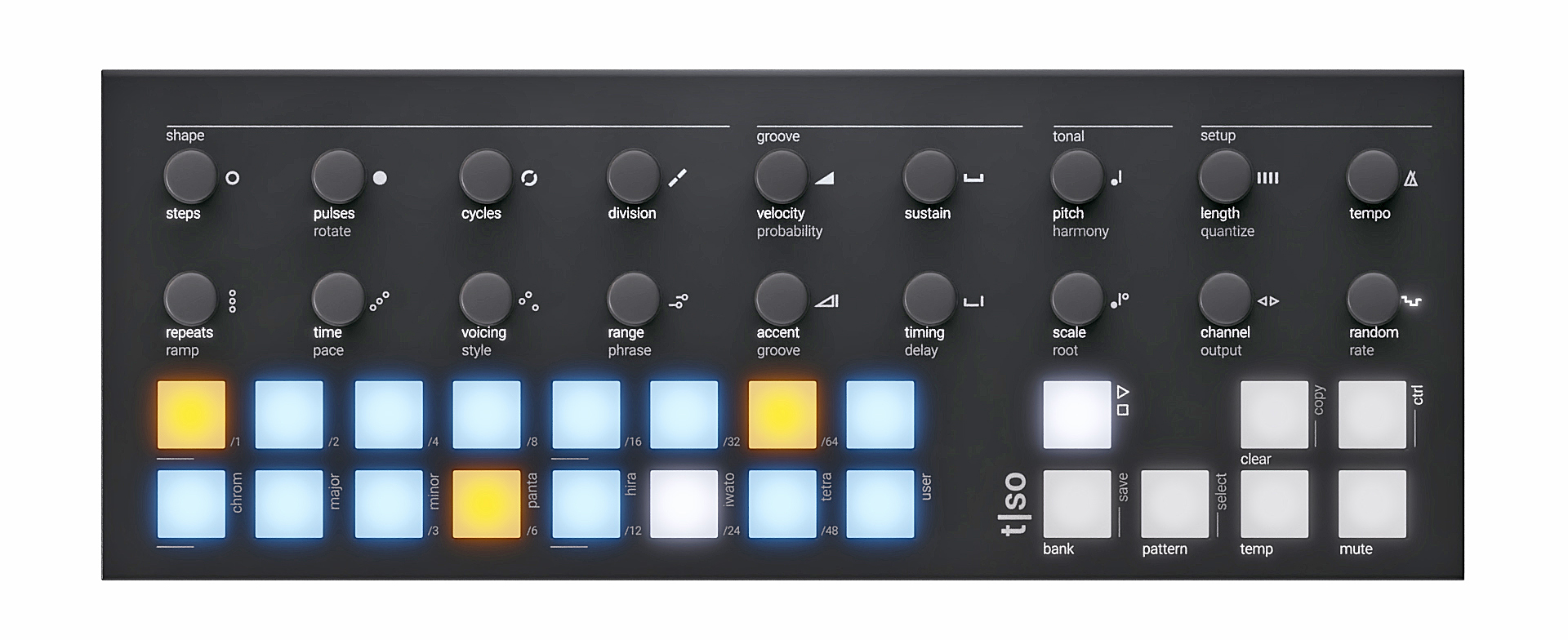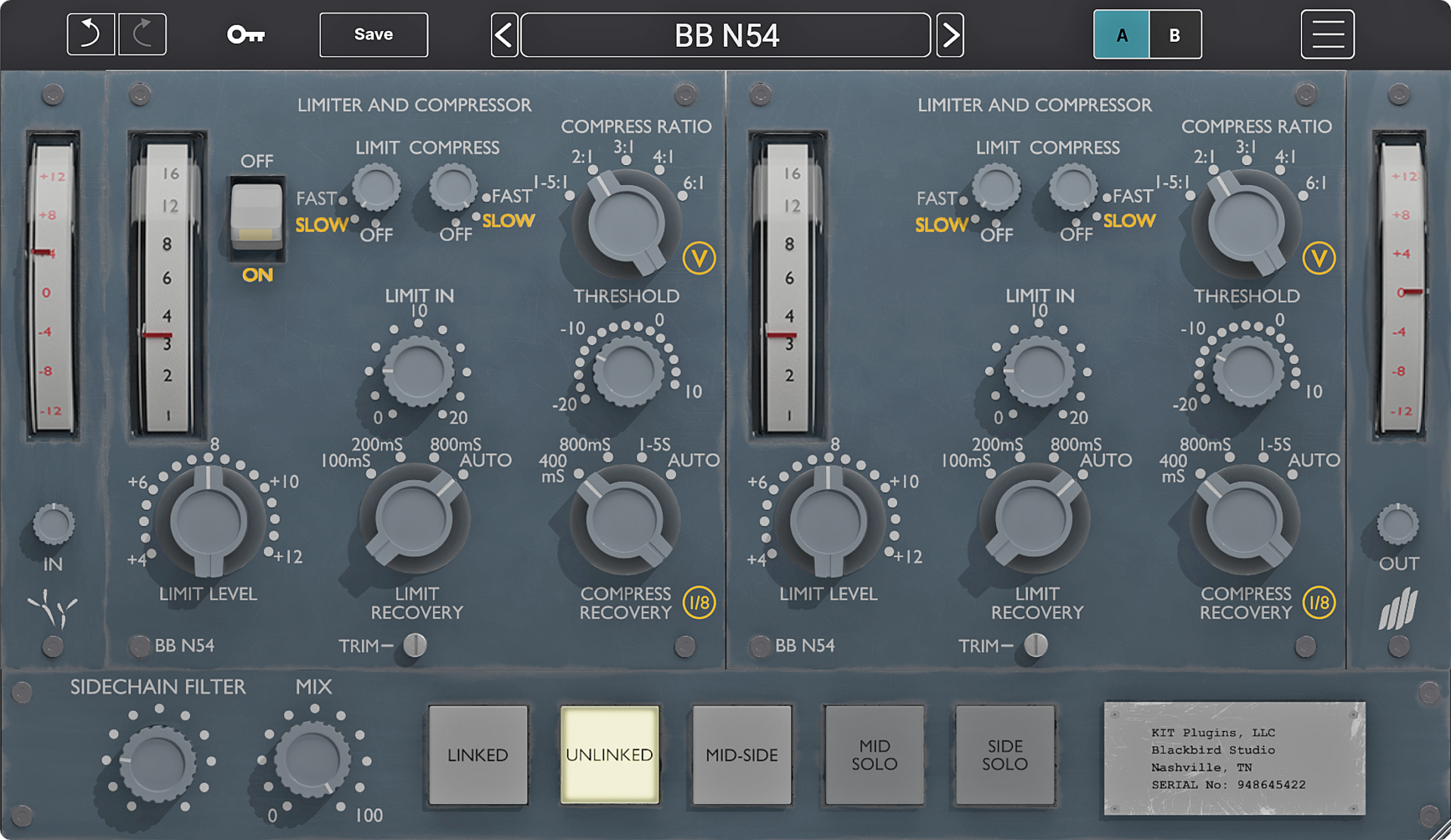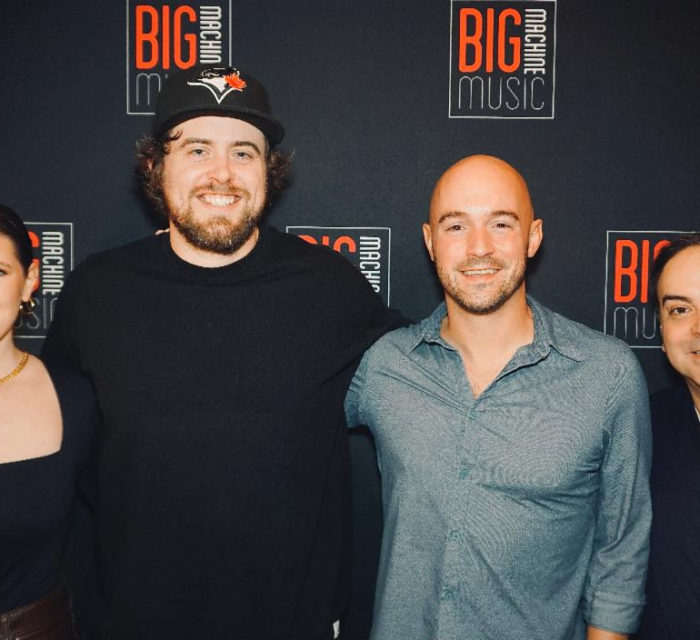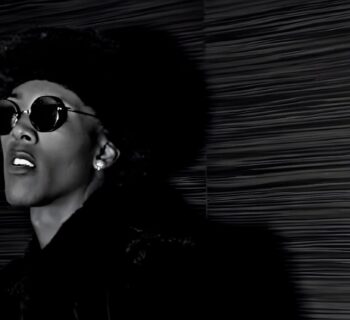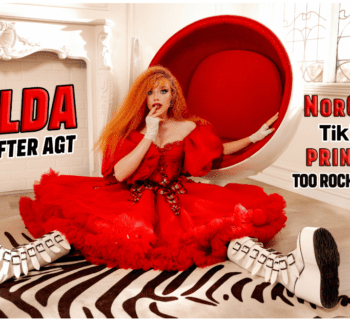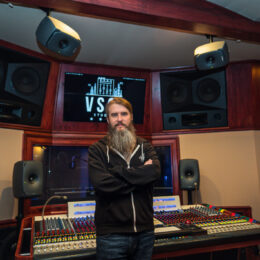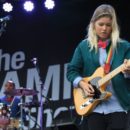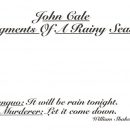Founder
Big Feat PR
Years with Company: 6
Address: New York, NY
Web: bigfeatpr.com
E-mail: doug@bigfeatpr.com
Clients: Yola, Noah Kahan, Bootsy Collins, Ryuichi Sakamoto, Mondo Cozmo, Tenille Townes, Taj Mahal, The Afghan Whigs, S.G. Goodman, Jack Van Cleaf, Cymande
BACKGROUND
Doug Hall has been a music promoter for nearly two decades, beginning in his native United Kingdom where he assisted megastars such as The Lumineers and The Rolling Stones. In 2018, he planted his flag in America. Besides helping both emerging and established artists, he represents a wide array of labels and festivals.
Falling Into PR
At university, I didn’t study anything to do with [publicity] but knew I wanted to work in music. I worked at a couple record labels and eventually ended up at PPR [Publicity]. I got the internship because the boss-to-be called the other intern guy and it sounded really interesting. I was like, “Can you get me an internship there?” He called him back and was like, “I’ve got this idiot who wants to do an internship. Can you take him?” I interned there for a while and eventually got a job as a low-level PR exec.
Anyone Got a Pen?
Smokey Robinson was an early client. I was way too young. He’d won a Q Award or something, and I had to write his quote down. I don’t even think tape recorders existed in those days, so I brought a pen and paper but my pen didn’t work. That was kind of my start working at PPR. I stayed there for maybe seven years and did a lot of work with various labels like Columbia.
Going Solo
Then, I left and went to LD [Digital], which was one of the bigger PR agencies in the U.K. I got a bit big for my boots and was like, “I’m going to start my own company. This isn’t hard.” So I went out and it was really hard. I spent years working with smaller bands. I got a lucky break doing press with Decca [Records]. They had Gregory Porter and Chris Stapleton, Alison Krauss, all these big U.S. artists that weren’t super known in the U.K. That was kind of the beginning of me moving to the U.S. That and doing some international showcase work. Eventually, I thought, “You know what’s a good idea? Burn it to the ground and start again.” I had a few artists who wanted to work with me here, so I made the leap. It was the best thing I ever did in my career.
Coming to America
The U.K. is a smaller pond, and as a fish swimming around the same shores it becomes a little repetitive. So I wanted to make a change. America is so much bigger. It felt like somewhere I could grow. Plus, all the music I like pretty much has an American feel. There was one artist I thought would really connect over here: Yola. She’s a super talent. It exploded right out the gate. Everybody came on board—press, TV, and a Grammy nomination all that year. It opened the door for me, because I met all these journalists. That changed everything.
Big Feats
My daughter was born in ’21 and, when that was coming up, I was like, “There’s no way I can continue doing this on my own.” So I partnered with Julia Casey from Verve and who worked on amazing projects, Jon Batiste being one. She joined in ’22 and we’ve grown so much since. We’ve almost doubled in terms of our clients. We represent Grace Bowers and Bootsy Collins and Noah Kahan. A lot of older artists, like Taj Mahal. And then a lot of emerging acts like Max McNown, who’s blowing up right now. I’m really proud of what we’ve done.
Personalized Service
What makes us different from other agencies is we don’t take on a giant amount of work. We try to keep our focus so we can deliver a personal approach. That’s really what’s needed in this day and age. There’s so much music and people’s attentions are so fragmented that trying to get stuff on people’s radars is taking longer and longer.
Bad News Is Good News
You have to work with the artist and figure out what their story is. Sometimes it’s a reactive one. My band Sports Team, the best British indie rock band out there right now, got robbed at gunpoint in San Francisco. While that was terrible, it sort of became an overnight story.
Creating Campaigns
I listen to the music and make sure I have a great understanding of what it is. We always write a PR plan. I start with the pitch on the album. We try to [figure out] what it is we’re working on and why it’s interesting. It’s kind of answering: what’s the story here? I start there and then think about who’s going to be interested in this. It is very individualized to each project.
But there are tent pole things that people want and are important, like getting on the cover of Rolling Stone or doing NPR’s Tiny Desk. So part of building a strategy is getting feedback from people under the radar, seeing where the fans are, and building from there.
D.I.Y. Promotion
Analyze what universe your music is in and then track down journalists who have written about similar artists. Building those relationships is cool. There are different websites where you can submit your music and people will listen to it across various blogs. That’s a good way to get the ball rolling. Those are a couple ways you can start to build a bit of a groundswell.
Measuring Campaigns
PR is a murky world. Previously, it did not feel super tangible. There are equivalent media values you can put against coverage, but that feels a little arbitrary. Oftentimes, if something’s a success, it’s hitting those tent poles. That’s often success. But in the longer term, it’s about building an artist’s career. You can see that in other ways, [such as] them going out on their first headline tour and it being sold out or getting more radio opportunities.
Targeted Pitches
We don’t rely on a standardized contact database. We have built one that has a lot of functionality, which means we can really dial in on what music journalists like. Over the years, I’ve developed this system [that allows us to] be very targeted in whom we approach.
Flexibility in the Face of Change
Things come into focus and you’ve got to be on top of it. Substacks were one of the big things last year and will probably continue to be important. It’s keeping your finger on the pulse that way. I just try to approach things differently every campaign and not be like, “This is how you do it.” Younger folks often have great ideas.
Working With Artists
One thing I’ve always believed is that every client is the most important. That means you need to spend time with every artist and really understand what they’re trying to do and what they’re about. Also, have a thick skin. Things go wrong and mistakes happen.
